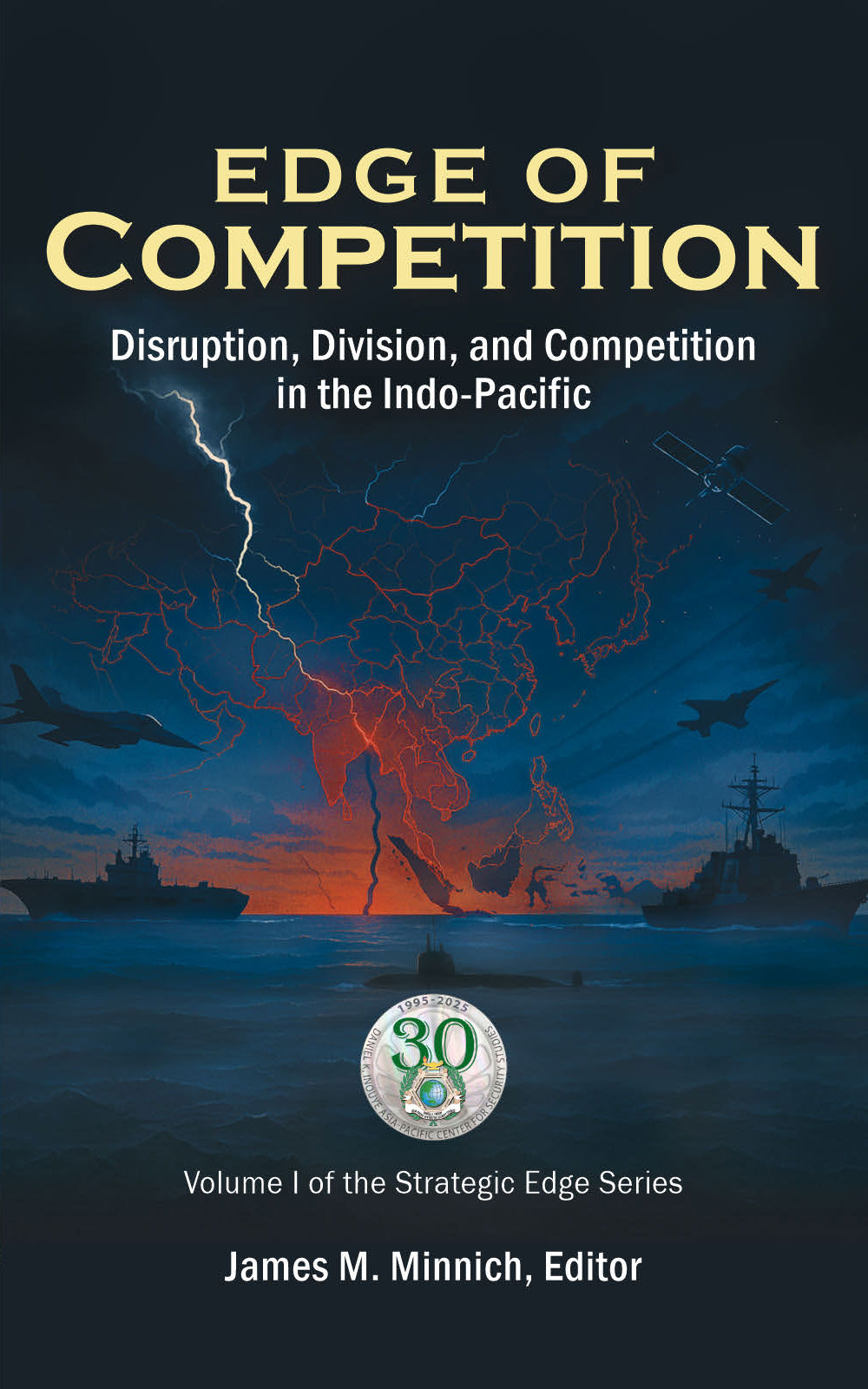Chapter 16
Battlerace for Industrial Power
Srini Sitaraman
We must apply ourselves to our task with the same resolution, the same sense of urgency, the same spirit of patriotism and sacrifice as we would show were we at war.
– Franklin D. Roosevelt
Fireside Chat, December 29, 1940
Introduction: The New Industrial Battlerace
In the twenty-first century, industrial policy has reemerged—not as a relic of past economic planning but as a central instrument of geopolitical strategy. Once dismissed as inefficient or outdated, state-directed efforts to shape industrial capacity, control supply chains, and accelerate technological innovation are now essential to national power.
Driving this shift is not merely the pursuit of growth, but a recognition that industrial strength is inseparable from national security, global influence, and strategic autonomy.
At the forefront of this battlerace stands China, whose rise as a technological superpower has upended assumptions about globalization and liberal market primacy. Through initiatives like Made in China 2025 and the dual circulation strategy, Beijing has moved from low-cost manufacturing to industrial dominance, challenging U.S. and European leadership across key sectors—from semiconductors to green energy.
In response, the United States and Europe are recalibrating. Washington is investing heavily in domestic production and technological leadership through landmark legislation like the CHIPS and Science Act and the Inflation Reduction Act. Europe is pursuing a strategy of “de-risking”: aiming to reduce strategic dependence on China while preserving trade openness and sustainability.
Beyond national efforts, alliances such as the Quad and AUKUS are evolving into industrial security coalitions, linking economic resilience with defense cooperation. These partnerships signal a world in which economic and security competitions are no longer distinct; they are overlapping theaters of strategic rivalry.
This chapter contends that today’s industrial policy revival marks the emergence of a new global battlerace, one that will define not just who leads in key technologies, but who sets the rules in international systems. At stake is the architecture of global trade, innovation ecosystems, and the geopolitical balance of the 21st century.






